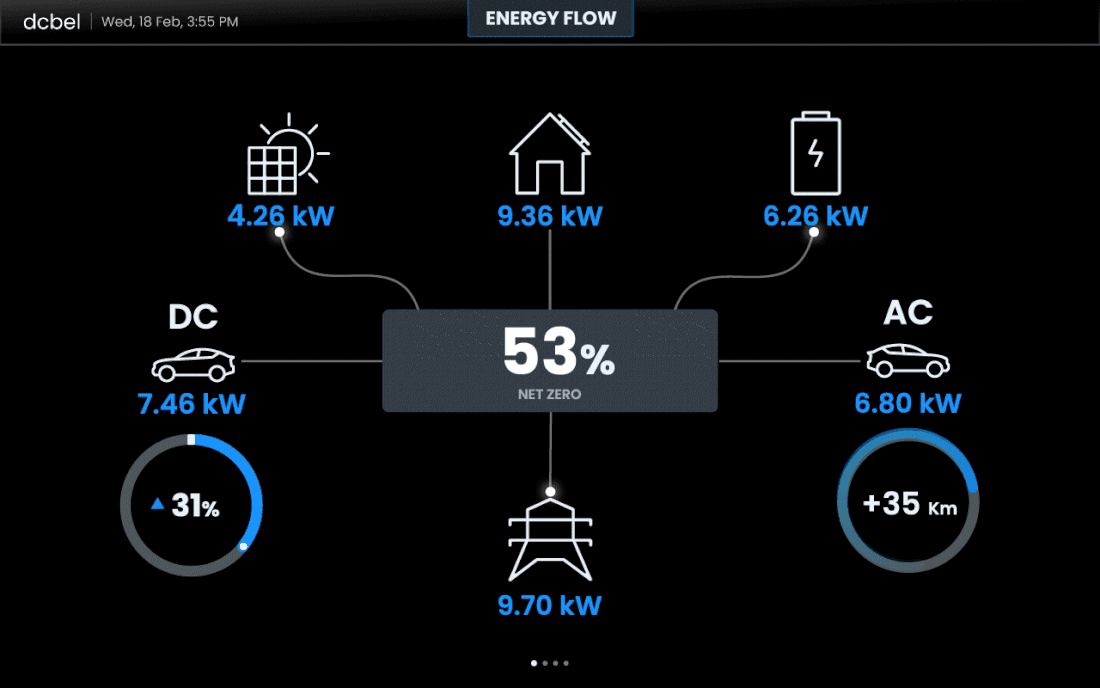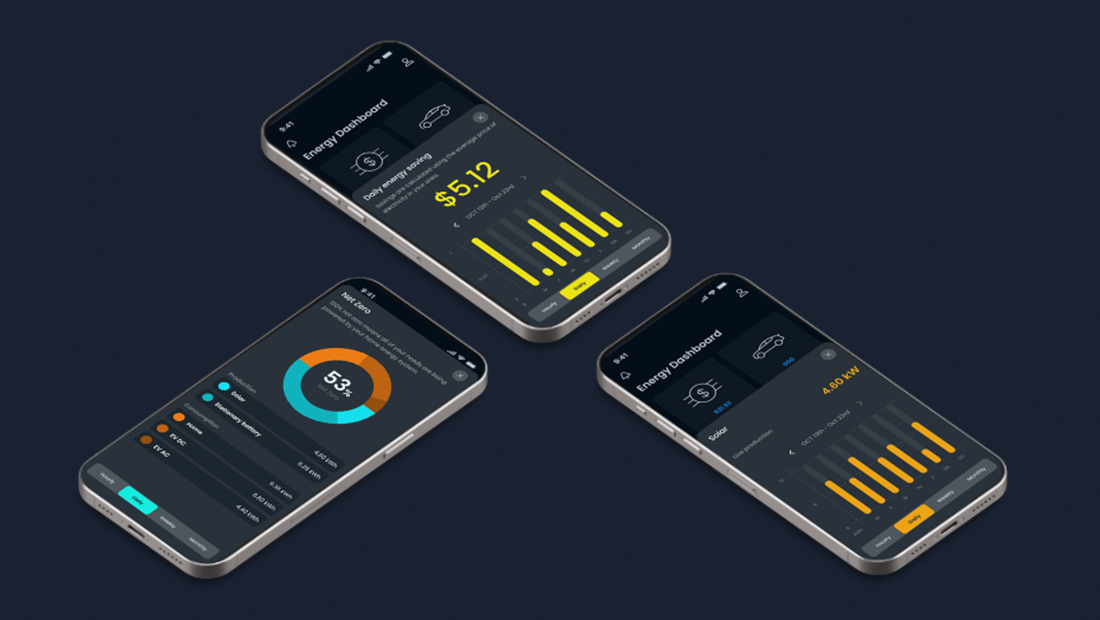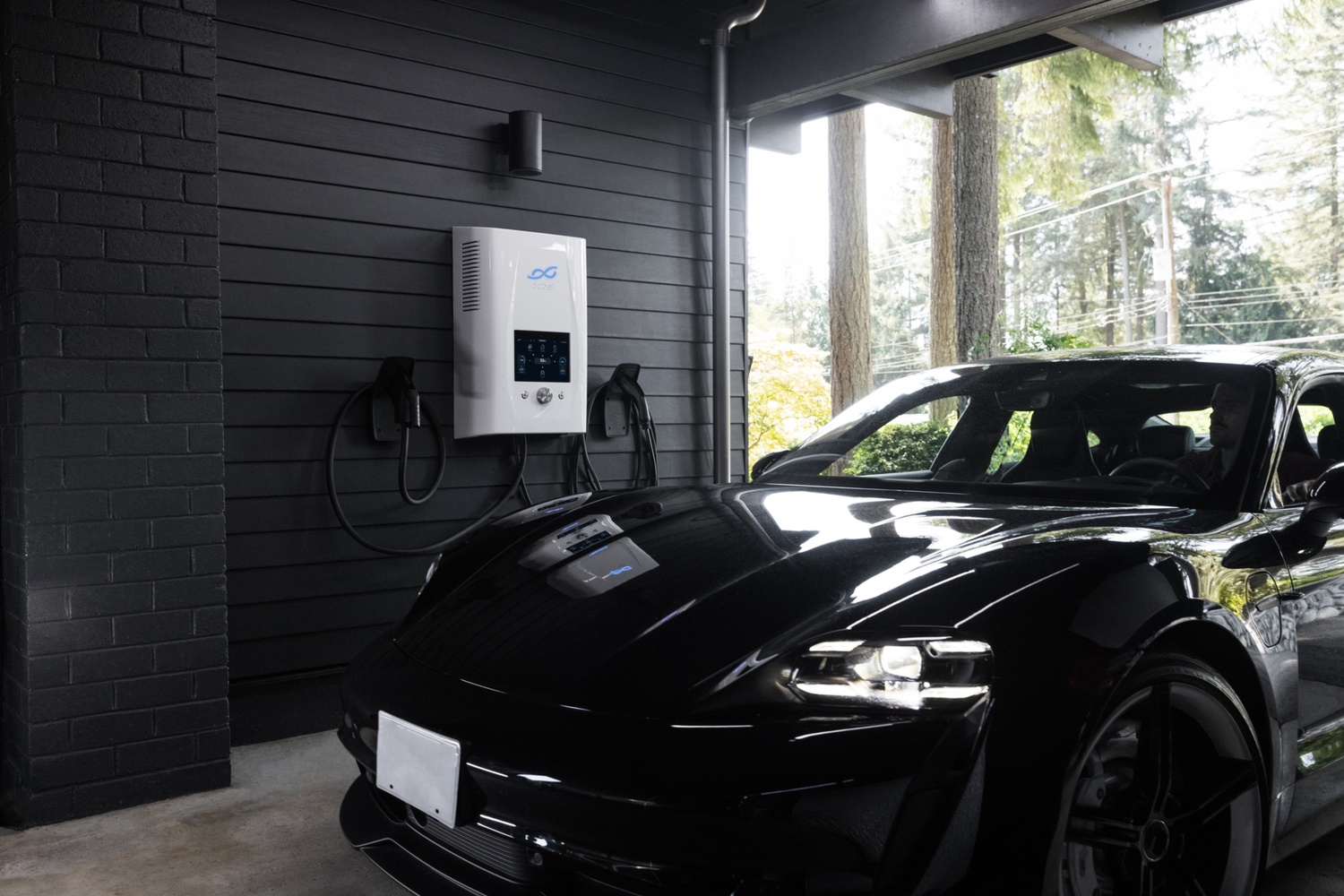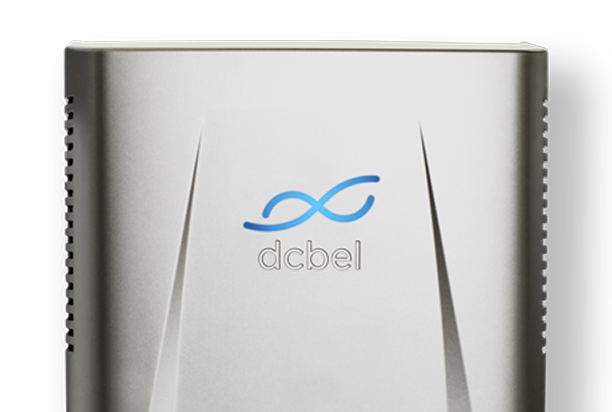Your smartphone knows when to dim the screen, silence itself and suggest when to leave for your next meeting. It connects apps, automates tasks, makes life seamless — and we take that for granted. But your home’s energy system is still stuck in the analog age. We expect our phones to be intelligent, connected and automated. So why not our homes? It’s time to expect more.
We’ll explain why traditional energy systems are outdated and how smart home integrations, intelligent energy optimization and energy management systems can make your home more resilient — while also giving the entire grid a boost. Just like smartphones revolutionized personal tech, integrated energy tools are redefining home energy.
Why the Grid Needs Energy Management Systems
The entire grid is under strain. According to the 2025 World Economic Forum report on the energy transition, grid flexibility — the ability to respond to demand shocks and variable supply — actually declined by 1.3% between 2024 and 2025. That’s a wake-up call for the need to modernize using better energy management systems, intelligent energy optimization, and smart home integrations.
For now, homes are stuck with energy systems that are reactive, inefficient, and increasingly vulnerable. We now live in a world of apps, automation and cloud sync — our energy systems need to reflect that.
But here’s the thing. Even when our homes adopt modern devices, they often remain disconnected.
The Case for Real-time Energy Monitoring
Your EV, solar panels, home battery, and smart appliances are powerful, but isolated.
It’s like carrying around a camera, a music player and an agenda when they could all be integrated into one device. Without a unified energy management system, even smart devices can’t leverage real-time energy monitoring or optimize performance. This leads to inefficiencies and unnecessary emissions — and you’re missing out on cost savings, too.

In 2025, the smart home market is booming and expected to reach $135 billion globally. But device fragmentation is still a major challenge. While AI-powered assistants like Google Nest and Apple HomeKit are becoming more intuitive, most homes still rely on multiple apps, hubs and protocols that don’t talk to each other.
Without a unified energy management system, even smart devices can’t leverage real-time energy monitoring or optimize performance. This leads to inefficiencies and unnecessary emissions — and you’re missing out on cost savings, too.
This disconnect means that even the most advanced devices operate in silos, like musicians without a conductor, or apps on a flip phone that can’t sync, share data or learn from each other.
When these disconnected devices are layered onto outdated infrastructure, the result is a chaotic energy experience — one that you are forced to manage all by yourself.
Integration is the First Step Towards a Net Zero Home
Let’s take this smartphone analogy one step further. Like your phone’s home screen, you need one place to manage all your energy needs.
But managing energy today is like juggling apps without a home screen. You’ve got smart thermostats, EV chargers, solar panels and utility dashboards, but no central interface, no automation and no intelligence tying it all together. It’s clunky, manual and full of missed opportunities.
As energy systems grow more complex, integration is becoming the foundation of smart home energy management. Home Energy Management Systems (HEMS) are now essential tools for homeowners navigating increasingly complex energy markets. These systems attempt to unify solar panels, batteries, EVs and appliances into a single, responsive ecosystem, reducing your costs while making the grid more resilient.
Home Energy Management Systems (HEMS) are now essential tools for residential consumers navigating increasingly complex energy markets.
Just as we expect our phones to manage apps, calendars, and preferences in one place, we now expect our homes to manage energy with the same intelligence and ease.
Renewable Energy Integration and Smart EV Charging
Integration alone isn’t enough. The rise of AI-powered automation is transforming how homes manage energy. Smart homes are now equipped with AI that learns from user behavior and environmental data to make real-time decisions. Think of smart thermostats that adjust their settings based on occupancy patterns, or EVs that charge during off-peak hours without needing any user input.
This level of automation extends to renewable energy integration. AI systems balance solar generation, battery storage and grid interaction to maximize efficiency and minimize costs. The result is a home that not only reacts but anticipates. It’s the difference between a home that waits for you to flip a switch and one that already knows what you need.
AI systems balance solar generation, battery storage and grid interaction to maximize efficiency and minimize costs.
There’s a world of apps opening up, ready to help manage your energy. Optiwatt, ev.energy and Weavegrid all promise smart EV charging systems in ways that take advantage of lower electricity rates. But they’re software that relies on other companies’ hardware. And that hardware is often the missing link: what’s currently on the market is often single-function or has very limited functional integration.
A Unified Energy Management System
What if there was a smart home energy management system that integrated all the functions you need into a single device?
Now there is: the dcbel Ara Home Energy Station. Think of Ara like a smartphone: a sleek, intelligent hub that unifies solar, EV charging, battery storage and grid interaction into one elegant device. It’s not just hardware, it’s a software-first, AI-powered platform that transforms your home into a responsive, resilient energy ecosystem.

Bidirectional Charging and V2G
Bidirectional charging means your EV is no longer just a way to get around. It’s now a source of backup energy that can potentially earn you money while helping stabilize the grid.
Ara’s smart EV charging systems include vehicle-to-home (V2H) and vehicle-to-grid (V2G). Your EV becomes your backup battery during blackouts or peak pricing, powering your home with stored energy. It can also export energy to the grid during high-demand periods, turning your car into a revenue-generating asset that puts money in your pocket.
Ara is designed with universal compatibility in mind, supporting CCS, CHAdeMO, and NACS charging standards to work seamlessly with nearly any EV on the market.

Energy Storage at the Ready
Ara automatically stores energy (either excess free energy from the sun or low-cost, off-peak grid power) for when you need it most, like during outages or when rates spike. Automatic islanding and real-time energy monitoring ensures uninterrupted power even when the grid goes down. That’s especially important now that outages are becoming more and more frequent.
Energy that Thinks
A growing number of apps promise to help you manage your energy, especially around EV charging and time-of-use savings. But most rely on third-party hardware that wasn’t built to handle the full complexity of a modern home energy system. These setups often lack the integration needed to coordinate solar, storage, EVs, and home loads in real time.
Ara is different. It combines intelligent software with purpose-built hardware to deliver a unified energy experience. Like an app hub for your home, Ara supports both native and third-party apps that personalize how you track costs, monitor usage, and manage energy proactively.
Ara combines intelligent software with purpose-built hardware to deliver a unified energy experience.
Ara’s AI-powered automation adapts to your lifestyle, local weather, and utility rates to manage charging, discharging, and energy flows seamlessly. With Ara, your energy system works as one. No patchwork, no juggling apps, no dashboards.
Designed for Humans
What’s most important is that Ara is designed for humans. Just like how smartphones bundle many different services into one remarkably intuitive package, Ara is an energy management system that feels effortless.
Control your energy from your phone, your car or your watch, whether you’re home or away. Real-time telemetry, alerts and performance benchmarking give you confidence and clarity, not complexity.
And it looks good. Ara is designed to be seen, not hidden. It’s as visually refined as it is functionally powerful — a natural companion to your sleek EV, not a clunky utility box that takes up space in the garage.
Just as smartphones are your everyday companions; Ara is designed to be your everyday energy partner.



